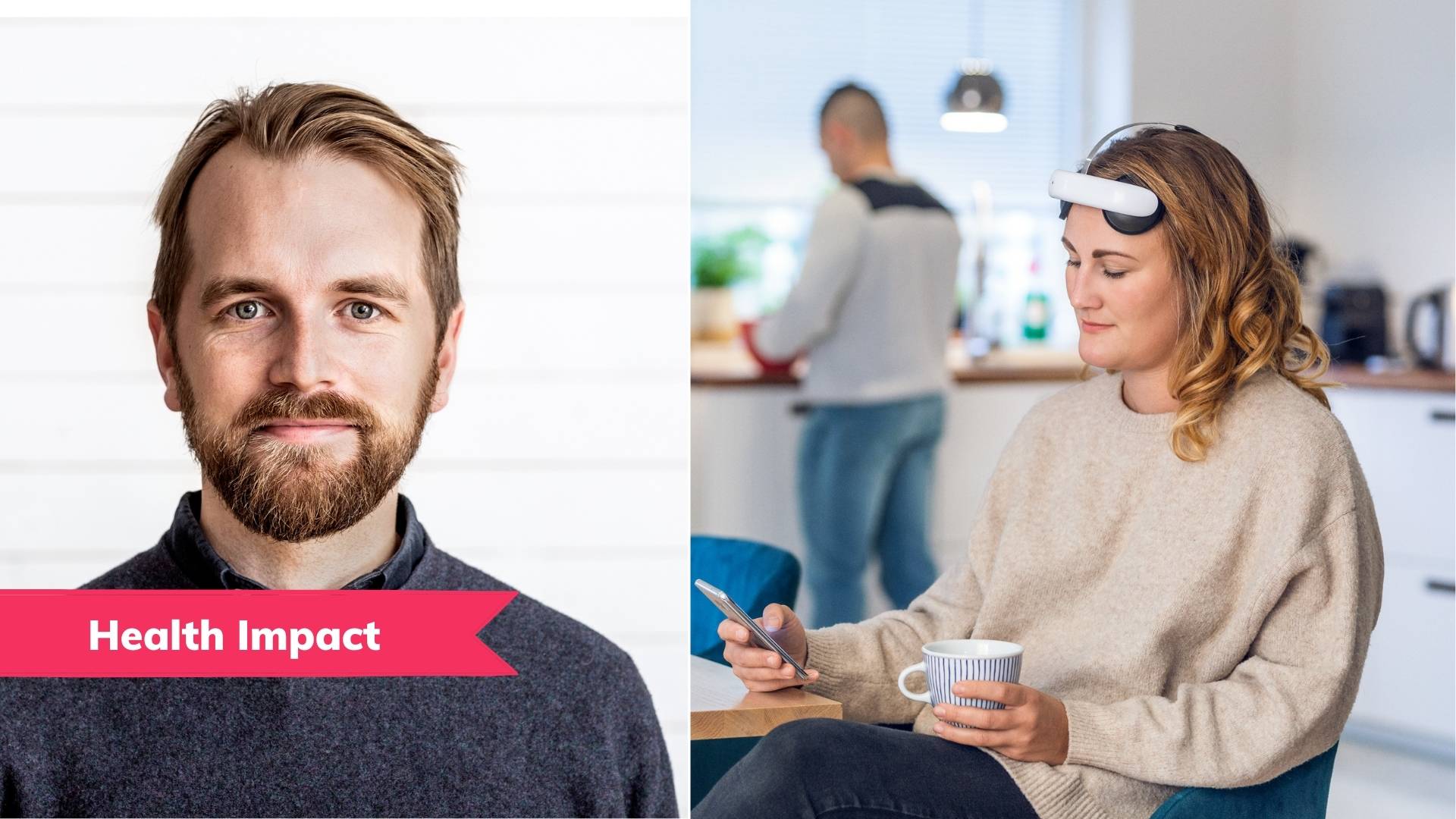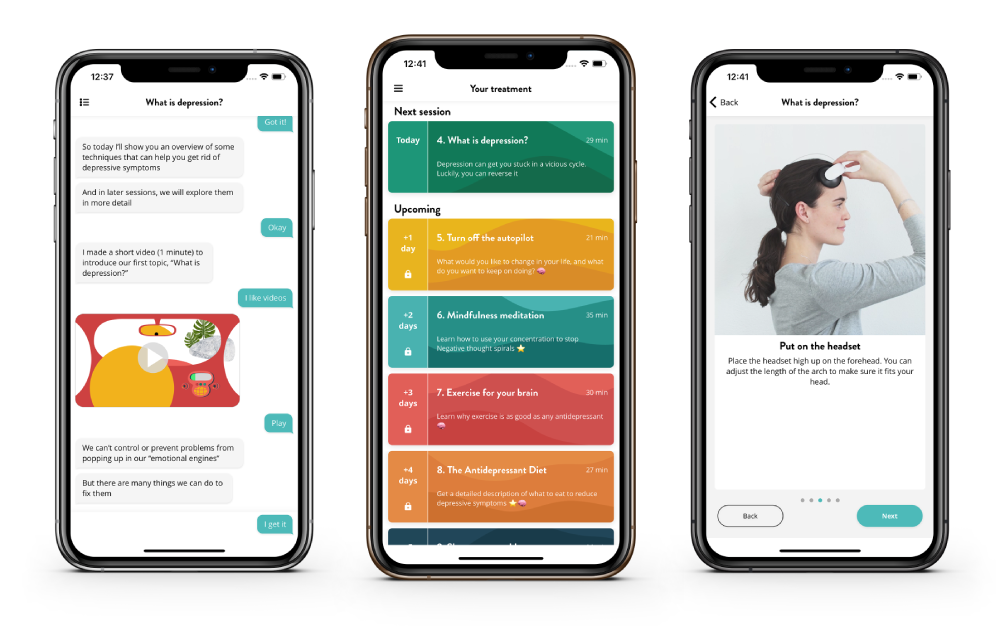
"Neuralink gets a lot of attention for its implants in the brain and it is an extremely exciting, but non-invasive brain stimulation that we work with that also has great potential. A lot happens in how you can reach different parts of the cerebral cortex to get different effects," says Erik Rehn, co-founder and Chief Technology Officer at Flow Neuroscience.
Flow Neuroscience has built a headset that is used to stimulate the frontal lobe and counteract depression.
"I have always been extremely interested in the brain, consciousness, how emotions arise, and artificial intelligence," says Erik Rehn.
Therefore, he studied electrical engineering and, then theoretical, neuroscience at university. As a result, he ended up in Silicon Valley at the AI company Vicarious, which was recently acquired by Alphabet.
Research on brain stimulation, but no consumer product
During his studies, he became friends with Daniel Månsson, who studied to become a psychologist. It was Månsson who showed him the emerging research in brain stimulation. But market availability was limited only to equipment for clinics and researchers, nothing that ordinary people could use at home.

Just over six years ago, they started Flow Neuroscience together and started building a headset and an associated app. It has been on the market since 2019, now in Europe and Brazil. They sell directly to consumers, making it possible to compete with antidepressive drugs.
What is the advantage compared to medication?
"The big advantage is that there are almost no side effects. When looking at the clinical studies, our technology works about as well as medicine."
Not just a headset
The app is an important part. It controls the headset, but there are things you can do to alleviate depression in other ways.
"There is a lot you can teach yourself about how depression works and what you can do to feel better. We have both physical treatment and psychological treatment. The app is used to control the headset but also behavior-activating therapy programs," says Erik Rehn.

Brain stimulation also to train motor skills
Brain stimulation can be used for more than just depression treatment. A company that Flow acquired had a product that was situated further back on the head and stimulated the motor cortex. Athletes used it to improve their learning of motor skills. Another example is a study that is now underway on computer gamers, which has had a major effect on how they can become better at quickly controlling mice and keyboards. It is now also being tested on surgical students.
"In addition to a number of medical applications, there is much in 'neuroenhancement' linked to the 'optimize yourself' movement."
A message to Warp's community: "Learn more about it, because it is a very exciting field," says Erik Rehn.
So, where to start? Is there a simple entry point? There does not seem to be, however, Erik sent a list of research reports where those who are interested can dive in. (You can find those at the bottom of the article.)

"People write all the time that we have changed their lives"
What is your driving force?
"It is very exciting with a project like this that has such a big impact and clearly affects people's lives. It's not an abstract thing. I've worked with film before and it was fun, but it's such a short impact. It does not affect the depth. Now we get people who write all the time that we have really changed their lives."
"The goal is to become one of the first alternatives when you go to the doctor and get a depression diagnosis."
Erik's list of interesting reports and books:
- Motor-skill learning.
- Treatment of addiction.
- An overview of results for depression treatment with different non-invasive techniques.
- This book which is recommended for professionals in psychiatry.





